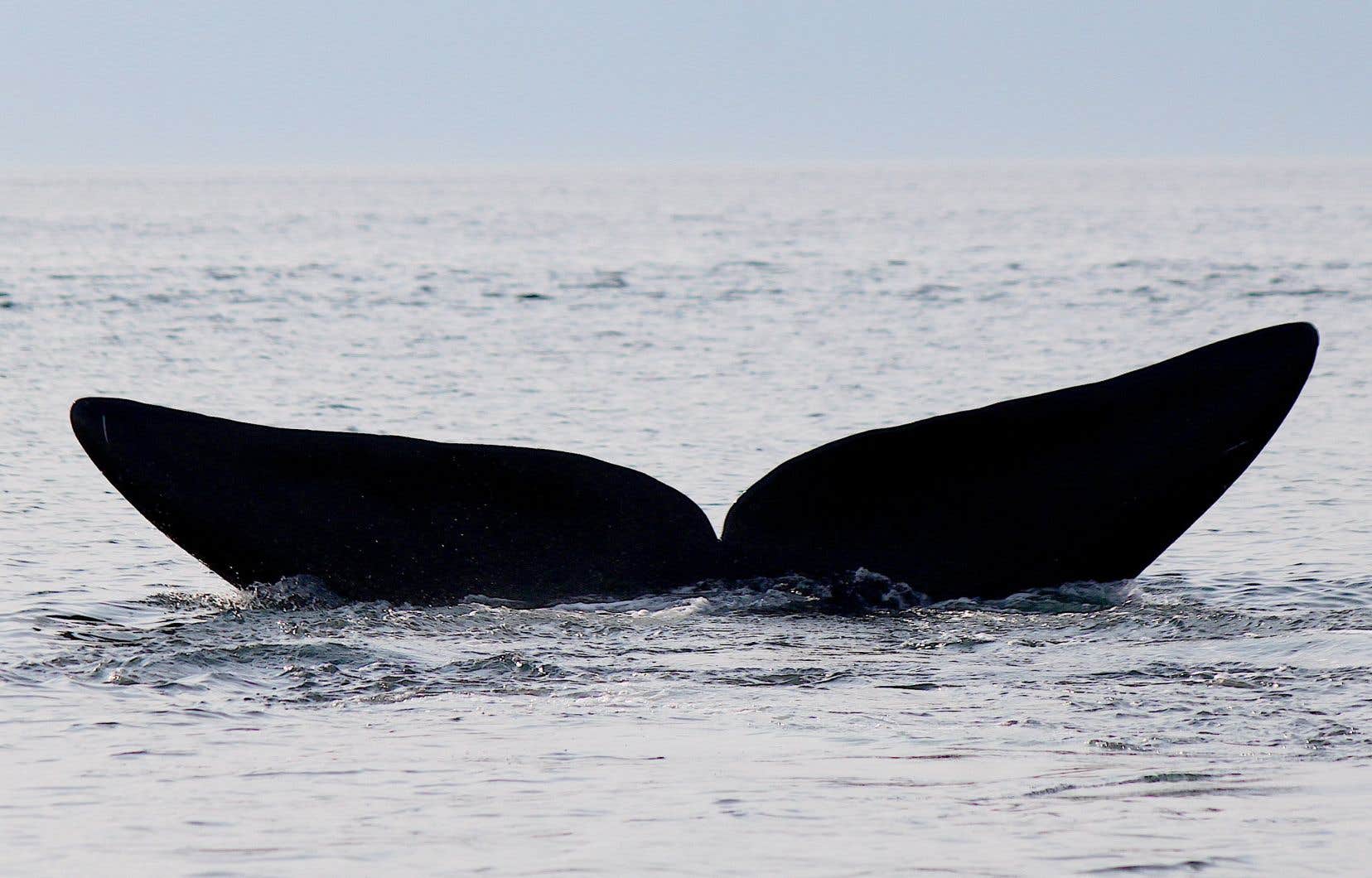The governments of Quebec and Canada confirmed on Friday their intention to create a second marine park in the province, this time to protect a large territory in the Gulf of St. Lawrence located between Anticosti Island and the federal national park reserve. of the Mingan Archipelago. Its surface area could reach 10,000 km2according to the Society for Nature and Parks of Quebec (SNAP).
Quebec Environment Minister Benoit Charette confirmed Friday during a press briefing in Anticosti that the Legault government and the Trudeau government want to “create a new joint marine park in Quebec to protect this natural jewel.” The dutyrevealed the details of this announcement on Thursday.
Criticized by environmental groups and experts because of his decision to authorize the destruction of the natural environments of the site of the future Northvolt factory, the minister took the opportunity to emphasize that the CAQ government is “resolutely committed to protecting the biodiversity of Quebec”.
In this case, the marine environment protection area would follow the recognition, last September, of Anticosti as a UNESCO world heritage site. According to Benoit Charette, the steps which will lead to the creation of the new marine park could however take “a few years”.
“Our objective is to protect the vast and diverse marine ecosystems that link the Mingan Archipelago national park reserve to Anticosti Island,” said the federal Minister of the Environment, Steven. Guilbeault.
An area of 10,000 km2 ?
Even if the precise territory of the park, and therefore its surface area, remains to be specified, SNAP believes that the areas of importance for biodiversity and the particularities of this marine territory should lead the two levels of government to create a marine park much more larger than the one that has already existed in the estuary since 1998, in order to protect the beluga habitat.
” This project […] could ultimately add more than 10,000 km2 to our network of marine protected areas,” according to Alain Branchaud, biologist and general director of SNAP. This estimate is based on a document developed by the organization, published earlier this year, which identified the territory as the “zone of interest” in terms of biodiversity protection located north of Anticosti Island.
If the protected territory reaches this size, this new marine park will be eight times larger than the current Saguenay — St. Lawrence marine park. “In addition to the habitat of several species of whales, the creation of this new park will contribute to the protection of large areas of seagrass beds which serve in particular as fish nurseries and which contribute significantly to carbon sequestration,” explains Alain. Branchaud.
At a press briefing, Minister Charette spoke of the need to protect this sector, particularly due to the increasingly regular presence of right whales in the summer. This species is the most threatened large cetacean in the North Atlantic, with a population of around 350 individuals. The federal government is already investing considerable amounts to protect this species in the Gulf of St. Lawrence.
